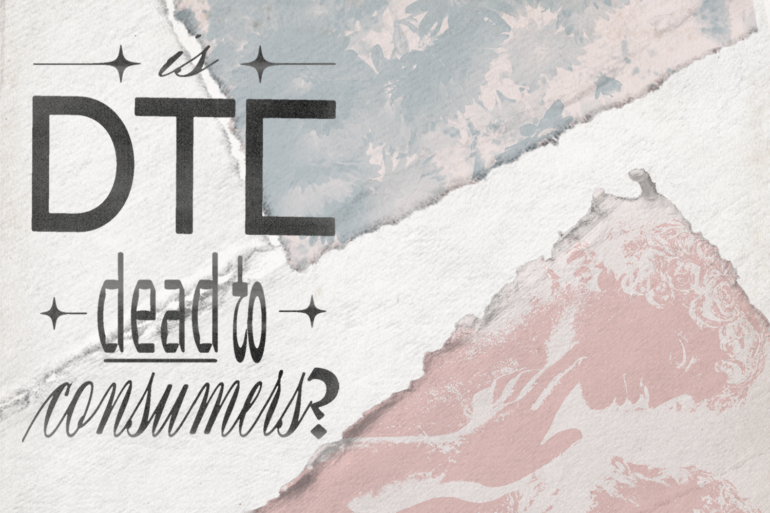For many of us, launching our own brand and gaining both exposure and revenue is one of the main goals of being a part of the fashion programs here at SCAD. But when we take a step back and look at the entire market, what is viable to do as entrepreneurs? Do we launch a Squarespace site and sell strictly direct to consumers through Instagram ads, or reach out to big box stores like Target hoping that we are a part of the 0.001% that gets picked up for wholesale?
Like every industry, working in absolutes is only going to hurt long-term growth and energy. As we look into the current market, we should acknowledge the overarching trends. Many established and growing brands have been reshifting into wholesale, after focusing on direct-to-consumer (DTC) heavily during the pandemic crisis. But now, many brands such as Levi’s are working on bolstering their wholesale presence to make up for lost retail footprint.
But what does that mean for established brands? DTC was once the new thing for disruptors in the industry and helped kickstart brands such as Warby Parker, which have since expanded into an eyewear powerhouse. They are now an established brand in their niche, and staying in the DTC segment works for them. They are not the blueprint for the current times however as for brands such as Nike, which relies on over 50% of their revenue from wholesale (27.4B vs 21.3B), shutting down their stores and becoming an e-commerce retailer is not sustainable. They are moving towards increasing DTC as one of their primary revenue sources, but still understand wholesale is their backbone.
As newcomers to the industry, focusing on these numbers is not something that is going to be incredibly useful for us. Understanding consumer behavior towards the whole fashion sector and the buyer mentality is what is going to allow a new player to insert themselves into an open groove in the market. One report on consumer shopping behavior shows that while over half of their surveyed population is spending more this year in brick-and-mortar shopping locations compared to previous years, 30% still prefer to shop online. A new brand will most likely not be able to open a physical storefront right at launch, so targeting the 30% that focuses on online shopping is going to be the easiest way to grow a new fashion house.
So is direct-to-consumer dead? No, but it is a lot less viable and fast-growing than it once was during its golden eras of the 2010s and early pandemic crisis. We may be past the era of online-only fashion brands being able to be a heavyweight competitor if they are not already established in that space like Shein. This is not to dissuade people from online marketplaces, they are some of the best ways to grow a small business and have low overhead revenue while still having a high ceiling for growth. But branching out and pursuing wholesale is something that should always be a priority. Consumers today are returning to their old pre-pandemic shopping habits, and large multi-brand retailers are still one of the biggest channels for clothing to sell wholesale. DTC may not be dead, but relying on it will only get you so far.
Words by Dexter Slinn
Graphics by Eve Friday

